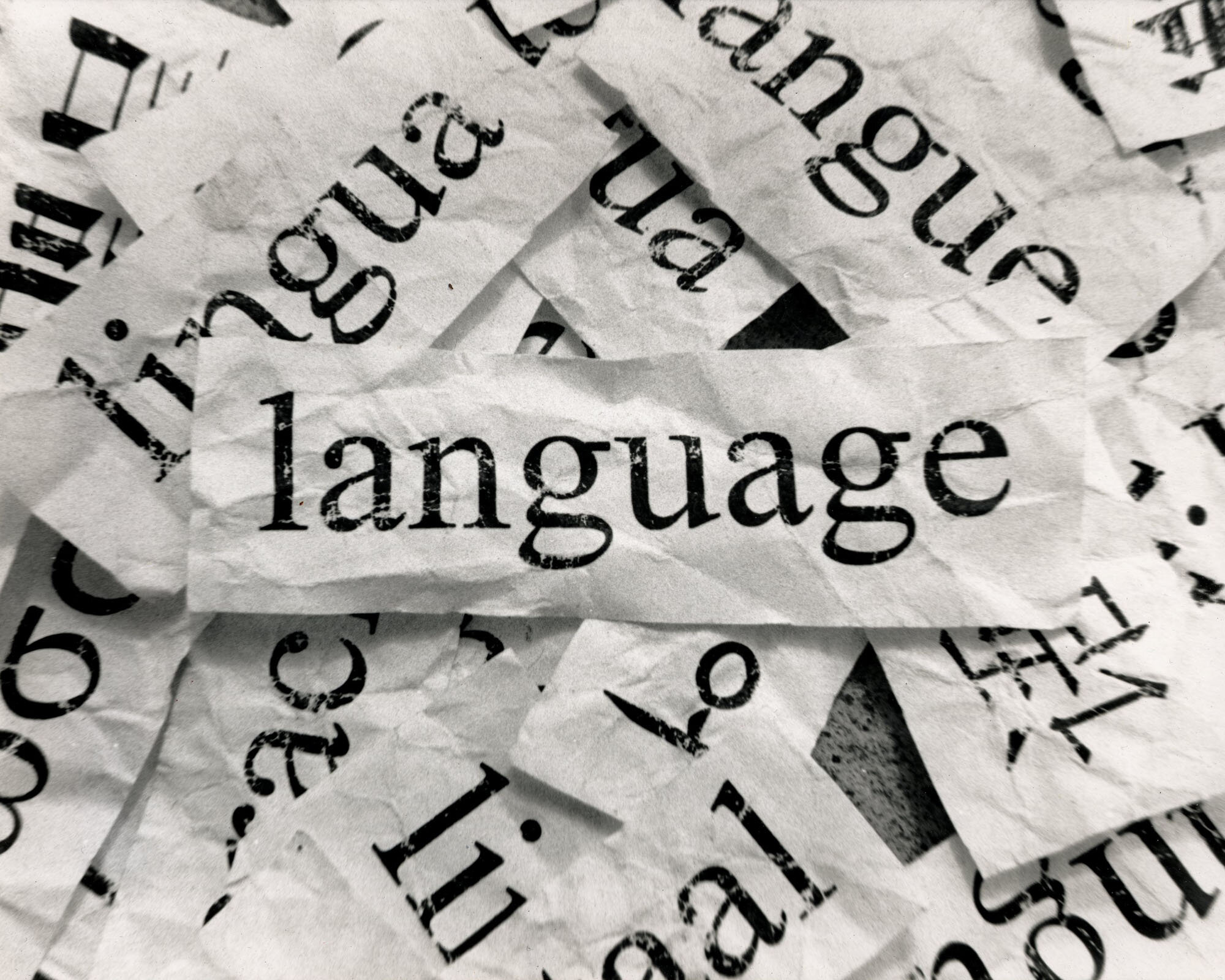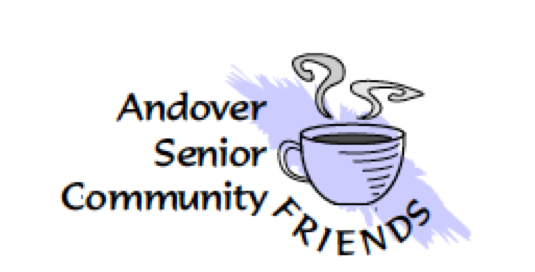
Introduction
The following materials are designed for persons whose native language is Chinese.
Lesson 3
How to ask and answer basic English questions
One of the most important tasks in speaking any language is asking questions. This will help you learn how to ask and answer questions so you can begin having conversations in English.
Yes and No Questions vs. Information Questions
There are two main types of questions English:
questions that can be answered with a simple yes or no, and
questions that require a more detailed response.
Yes and No Questions
Answer
Question
Are you happy today?
Yes, I am.
No, I didn’t.
Did you have fun at the party?
Yes, I will.
Will you come to class tomorrow?
Information Questions
Information questions are asked with the question words what, where, when, how, why, and which. These questions require longer answers to provide the specific information requested. Notice that each of these questions are answered with the positive or negative form of the helping verb.
Answer
Question
I’m from Seattle.
Where are you from?
I went to see a film.
What did you do on Saturday evening?
The class was difficult because the teacher didn’t explain things well.
Why was the class difficult?
Questions With Greetings: Saying Hello.
Start the conversation with a greeting.
It's common to use different greetings depending on whether you greet a friend, family or a business associate. Use informal greetings when you meet friends. Use formal greetings with people you do not know very well.
Examples include:
How are you? (formal)
It’s very nice to see you. (formal)
How's it going? (informal)
What's going on? (informal)
How’s life? (informal)
Practice Dialogue.
Here's a short dialogue giving an example of saying “Hello.” You can use these questions to practice with a friend, a classmate or yourself using your own information.
Mary: What's up?
Jane: Nothing much. How are you?
Mary: I'm fine.
Quiz #1
Using Questions to Exchange Personal Information
Here are some of the most common questions used when asking for personal information:
What’s your name?
Where are you from?
What’s your family name?
What’s your first name?
Where do you live?
What’s your address?
What’s your telephone number?
What’s your email address?
How old are you?
When and where were you born?
Are you married?
What do you do? What’s your job?
Practice Dialogue:
Here's a short dialogue giving an example of personal questions. You can use these questions to practice with a friend, a classmate or yourself using your own information.
A: Can I ask you a few personal questions?
B: Certainly.
A: What's your name?
B: Peter Baker.
A: What's your address?
Peter: I live at 45 NW 75th Avenue, Phoenix, Arizona.
A: What's your cell phone number?
Peter: My number is (409)498-2091.
A: And your email address?
Peter: Let me spell it for you. It's P-E-T-A-S-I at A-O-L.com
A: When is your birthday?
Peter: I was born on July 5, 1987.
A: Are you married?
Peter: No, I’m not.
A: What's your profession? What do you do for work?
Peter: I'm an electrician.
Quiz #2
General Questions
General questions are questions we ask to help us start a conversation or keep the conversation going. Here are some common general questions:
Where did you go?
What did you do? What did you do next?
Where were you?
Do you have a car, a house, children?
Can you play tennis, golf, football or baseball?
Can you speak another language?
Practice Dialogue
Here's a short dialogue giving an example of general questions. You can use these questions to practice with a friend, a classmate or yourself using your own information.
A: Where did you go last night?
B: We went to a bar and then out on the town.
A: What did you do?
B: We visited a few clubs and danced.
A: Can you dance well?
B: Ha, ha. Yes, I can dance!
A: Did you meet anyone?
B: Yes, I met an interesting Chinese lady.
A: Can you speak Chinese?
B: No, but she can speak English!
Shopping
Here are some common questions that will help you when you go shopping.
Can I try it on?
How much does it cost? How much is it?
Can I pay by credit card?
Do you have something smaller? Do you have something lighter?
Practice Dialogue.
Here's a short dialogue giving an example of shopping questions. You can use these questions to practice with a friend, a classmate or yourself using your own information.
A: How can I help you? May I help you?
B: Yes. I'm looking for a sweater like this one, but in a smaller size.
A: Here you go.
B: May I try it on?
A: Sure, the changing rooms are over there.
B: How much does it cost?
A: It's $45.
A: How would you like to pay?
B: Can I pay by credit card?
A: Certainly. We accept all major cards.
Using "Like" to Ask Questions
Questions with "like" are very common, but they can be a little confusing. Here is an explanation of each type of question with "like."
Reason for question
Question
What do you like?
Use this question to ask about hobbies, likes and dislikes in general.
What does he look like?
Ask this question to learn about the physical characteristics of a person.
What would you like?
Ask this question to find out what someone wants at the moment of speaking.
What is she like?
Ask this question to learn about a person’s character?
Practice Dialogue
Here's a short dialogue giving an example of questions using “like.” You can use these questions to practice with a friend, a classmate or yourself using your own information.
A: What do you like doing in your spare time?
B: I like hanging out downtown with my friends.
A: What does your friend Tom look like?
B: He's tall with a beard and blue eyes.
A: What is he like?
B: He's very friendly and really intelligent.
A: What would you like to do now?
B: Let's go hang out with Tom!
Learning Assessment
Work with a classmate to write a short dialogue using basic English questions including:
Yes and No questions
Information questions
Questions with greetings
Questions that exchange personal information
General questions
Questions using “like”
